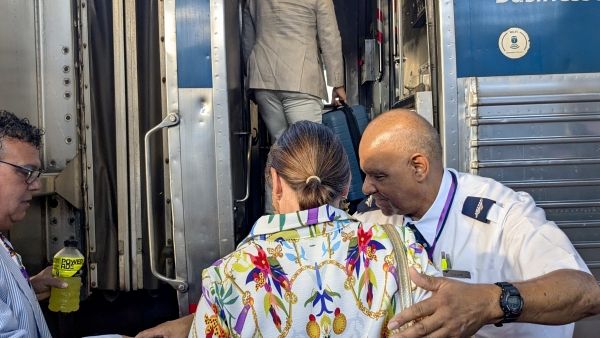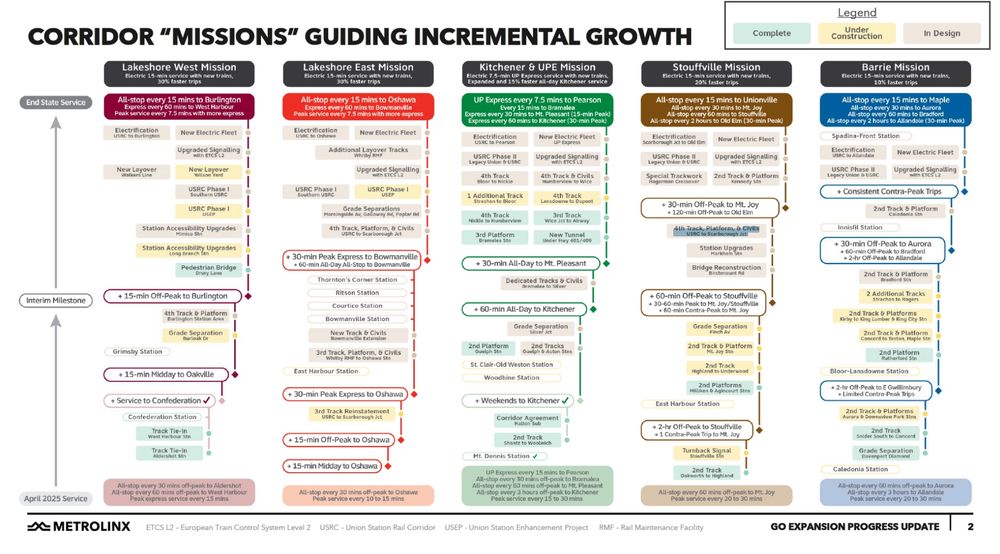
TTC runs it at 54 min
Doesn’t bode well for Eglinton either
33-34 minutes from end to end, average speed of 20-21 km/hr.

one.npr.org/i/nx-s1-5622...

one.npr.org/i/nx-s1-5622...



youtu.be/Wx7yOQqYeK4?...

youtu.be/Wx7yOQqYeK4?...













